Anaheim Pepper Spice Level: A Flavorful Guide for Spicy Food Lovers
Table of Contents
Introduction to the Anaheim Pepper
The Anaheim pepper, also known as the California Wonder or green chili pepper, is a versatile and flavorful ingredient that has become a staple in many kitchens, especially in Southwestern and Mexican cuisine. With its mild to medium heat level, it’s perfect for those who enjoy a bit of spice without overwhelming their taste buds.
Named after the city of Anaheim, California, this pepper was first developed in the early 20th century. Its long, slender shape and bright green color make it easy to identify, but its true charm lies in its flavor profile. The Anaheim pepper offers a slightly sweet and grassy taste, making it ideal for roasting, stuffing, or adding to salsas and sauces.
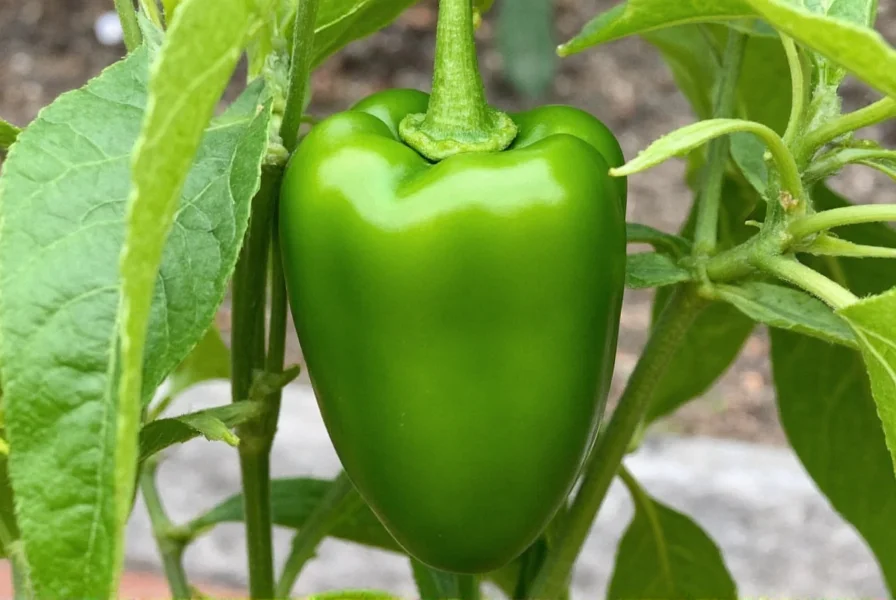
Understanding the Anaheim Pepper's Spice Level
When it comes to spice levels, the Anaheim pepper falls on the milder side of the Scoville scale. On average, it measures between 500 to 2,500 Scoville Heat Units (SHU), which means it’s not as fiery as jalapeños or habaneros but still provides a noticeable kick.
The heat in the Anaheim pepper is often described as a gentle warmth that builds gradually. It doesn’t burn your mouth or cause intense sweating like some hotter peppers do. This makes it an excellent choice for beginners who want to explore spicy foods without being overwhelmed.
If you're looking for a more intense experience, you can use the seeds and membranes, which contain the highest concentration of capsaicin—the compound responsible for the heat. However, even then, the Anaheim pepper remains relatively mild compared to other chili varieties.
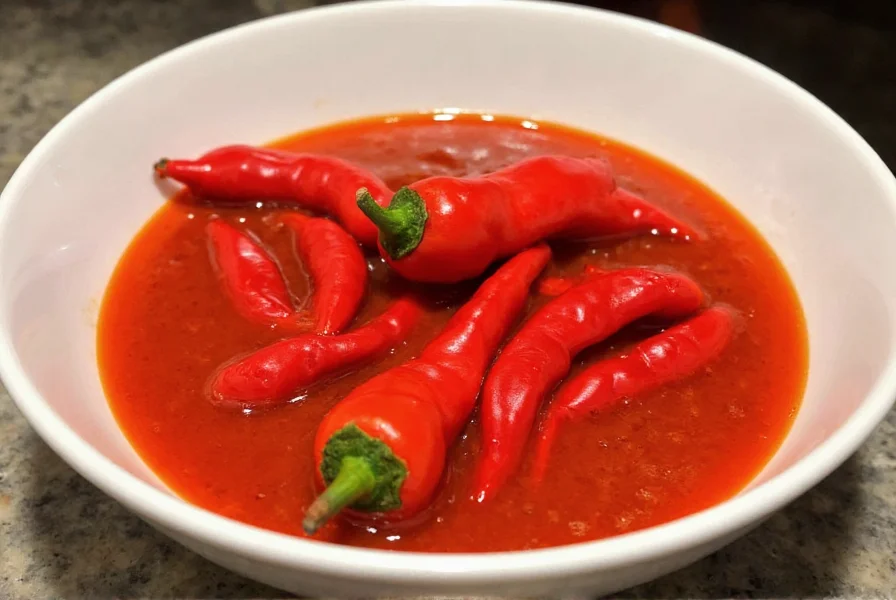
Cooking Tips with Anaheim Peppers
Whether you're a seasoned chef or just starting out, the Anaheim pepper can be a fun and flavorful addition to your recipes. Here are some practical tips to help you get the most out of this versatile pepper:
- Roast for depth: Roasting the pepper over an open flame or under the broiler brings out its natural sweetness and adds a smoky flavor. Once roasted, simply peel off the skin and use it in salsas, dips, or stews.
- Use it raw: If you prefer a fresher taste, slice the Anaheim pepper and add it to salads, sandwiches, or wraps. Its crisp texture and mild heat make it a great addition to any dish.
- Make homemade salsa: Combine diced Anaheim peppers with tomatoes, onions, cilantro, and lime juice for a delicious, mildly spicy salsa that pairs perfectly with chips or tacos.
- Stuff it: The large size of the Anaheim pepper makes it ideal for stuffing with rice, beans, cheese, or meat. Baked or grilled, it becomes a hearty and satisfying meal.
- Freeze for later: If you have extra peppers, you can freeze them whole or sliced for future use. They’ll retain their flavor and can be added directly to soups, stews, or sauces.
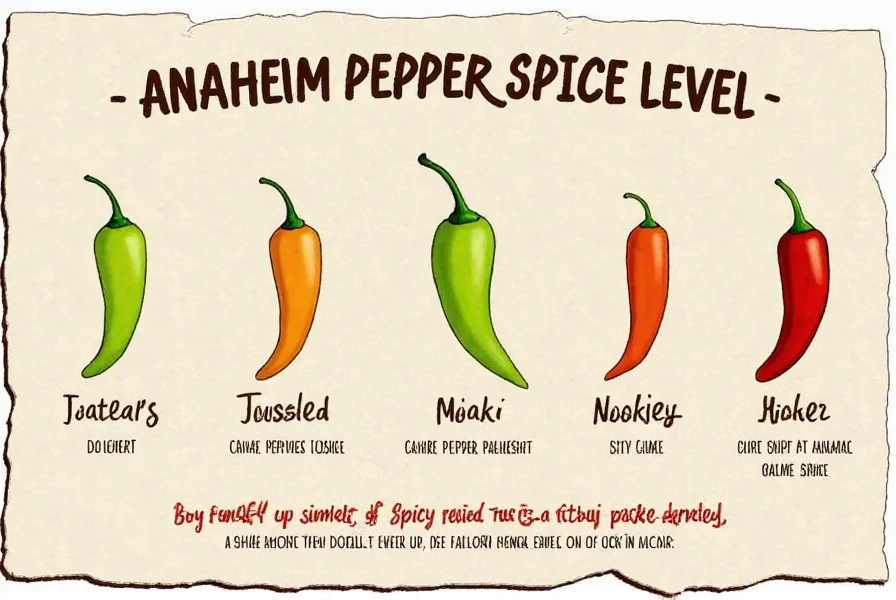
Buying Guide for Anaheim Peppers
Choosing the right Anaheim peppers can make a big difference in your cooking. Here's what to look for when purchasing them:
- Appearance: Look for firm, plump peppers with smooth, unblemished skin. Avoid any that are wrinkled, soft, or discolored.
- Color: While they’re typically sold green, Anaheim peppers can also be found in red or orange varieties. Green peppers are usually younger and less mature, while red ones tend to be sweeter and more intense in flavor.
- Freshness: Fresh peppers will have a vibrant color and a slight sheen. If the skin feels dry or dull, they may not be as fresh.
- Size: Larger peppers are generally better for stuffing or roasting, while smaller ones may be more suitable for slicing or adding to dishes where a subtle flavor is desired.
For those who don't have access to fresh Anaheim peppers, there are several alternatives available, such as canned or jarred versions. These can be used in much the same way as fresh peppers but may have a slightly different texture and flavor.
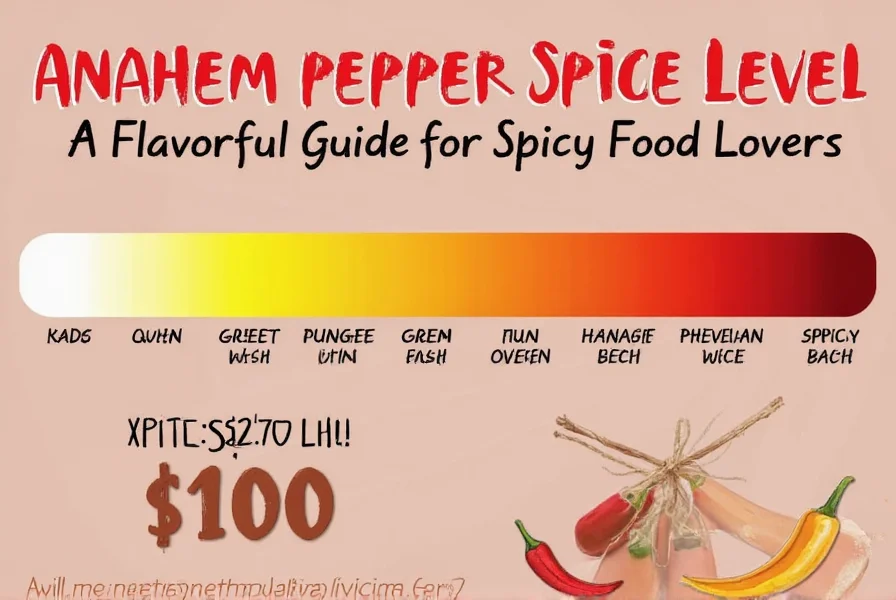
Comparison Table: Anaheim vs. Other Peppers
To give you a clearer idea of how the Anaheim pepper compares to other popular chili varieties, here’s a quick comparison table:
| Pepper | Spice Level (SHU) | Flavor Profile | Best Uses |
|---|---|---|---|
| Anaheim | 500 - 2,500 | Mild, slightly sweet, grassy | Salsa, roasting, stuffing, salads |
| Jalapeño | 2,500 - 8,000 | Earthy, peppery | Guacamole, tacos, pickling |
| Serrano | 10,000 - 23,000 | Pungent, sharp | Hot sauces, salsas, chiles rellenos |
| Habanero | 100,000 - 350,000 | Smoky, citrusy | Hot sauces, desserts, bold salsas |
| Ghost Pepper | 855,000 - 1,041,475 | Extremely hot, fruity | Chili challenges, extreme hot sauces |

Conclusion
The Anaheim pepper is a fantastic choice for anyone who wants to add a little heat to their meals without going overboard. With its mild to medium spice level, it’s accessible to both novice and experienced cooks alike. Whether you're roasting it, using it in a salsa, or stuffing it, the Anaheim pepper offers a unique blend of flavor and versatility that can elevate any dish.
Remember, the key to enjoying the Anaheim pepper is understanding its spice level and how to handle it. Don’t be afraid to experiment and find the perfect balance for your palate. And if you're ever unsure about the heat, start with a small amount and adjust as needed.
In short, the Anaheim pepper is more than just a spicy ingredient—it's a gateway to a world of rich, complex flavors that can transform your cooking. So grab a few fresh peppers, get creative, and discover the magic of this humble yet powerful pepper.
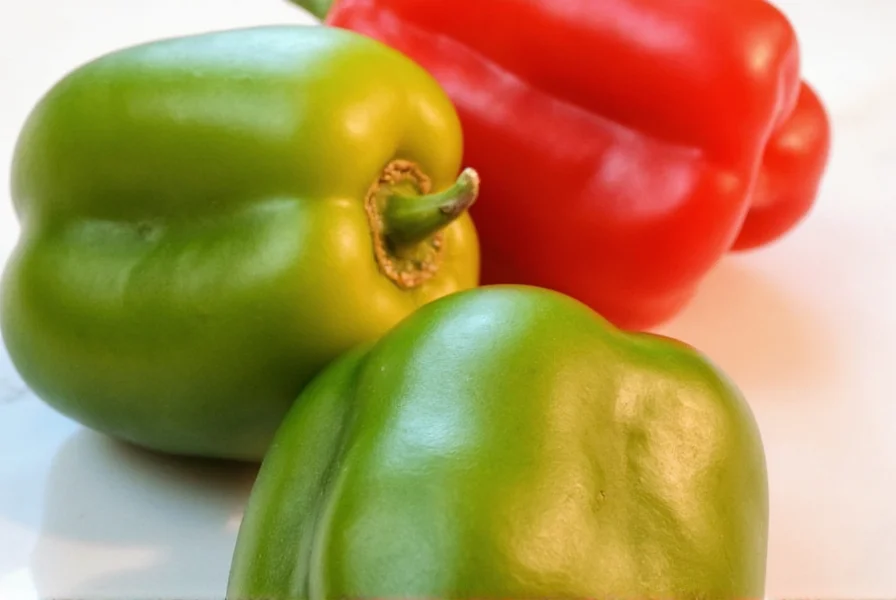

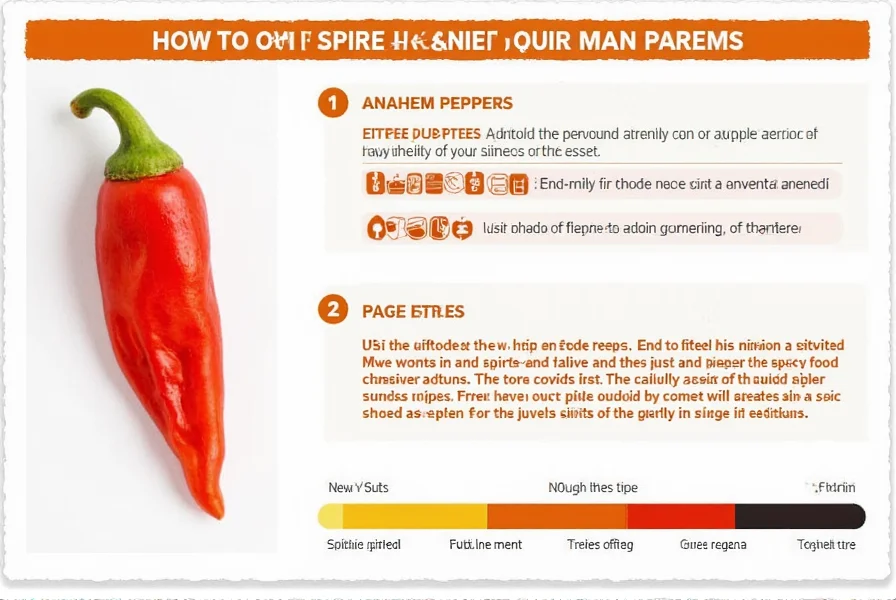









 浙公网安备
33010002000092号
浙公网安备
33010002000092号 浙B2-20120091-4
浙B2-20120091-4